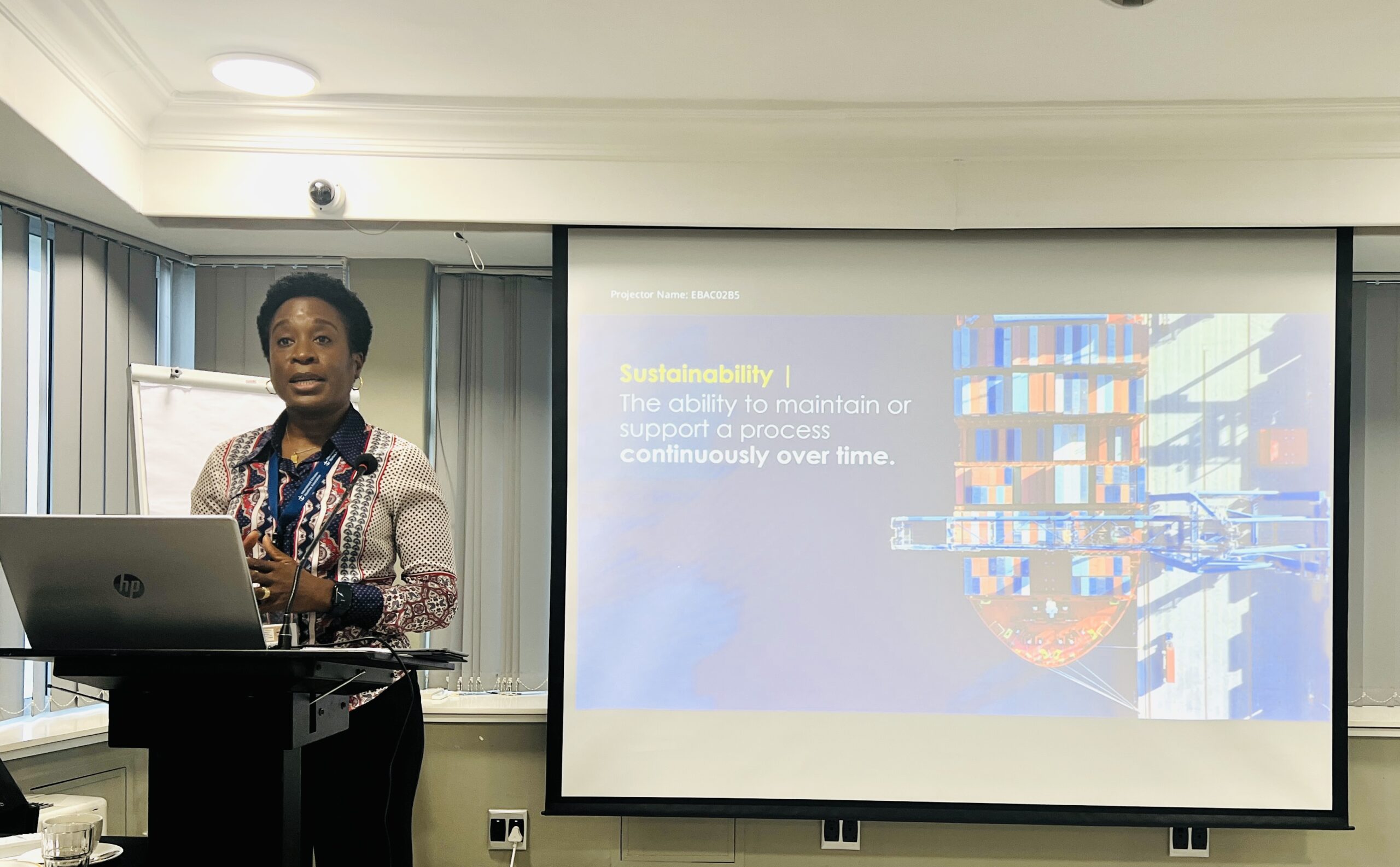By Susan Huppert, NAMMA
For years, chaplains at international seafarers centers have concerned themselves with the problem of isolation at sea. Work at sea has always been isolating, no doubt, so seeing the growth of new tools for communication via Internet has been a key provision in our network. It is a way to stay connected to family and the outside world. Yet, that provision has been challenged in the wake of the Coronavirus crisis.
The free movement of seafarers and port chaplains is tightening. Boarding ships to personally visit crew members provides a measure of how the crew is managing. Personal contact is primary to care. It is also the way we have provided tens of thousands of data-enabled SIM cards in ports around the world. Climbing the gangway has been the avenue for generations. Due to the Coronavirus, it is off limits for most.
A recent poll conducted by the International Christian Maritime Association of seafarer centers indicated that a high percentage of centers globally are closed and actual ship visits are increasingly rare. The movement of seafarers is controlled in various degrees by a range of sources worldwide. The Costa Rican health department has strict control over ship visits. In Estonia, it is reported that the rule of the government says no one goes ashore. No sharing a cup of tea in a mess room. No shaking hands.
Amid recent challenges, the committed core of chaplains and care-providers are using other means. One new normal is gangway visits. In Bangkok, shipping companies and port policies are limiting those who come ashore. So outreach, as previous to the pandemic, happens at the bottom of the gangway rather than the top. The transfer of valuable information continues. Further, the Internet has become even more important for seafarers to communicate. Seafarers are actively engaged on Facebook, WhatsApp, Instagram, Email and Twitter gathering the data they need and interacting with chaplains for personal support.
“I write personally via Messenger to my more than 600 Facebook contacts,” wrote Pastor Stefan Francke, with Stitching Pastoraat Werkers Overzee, providing pastoral care for workers in dredging and marine construction.
Duckdalben, an International Seamen’s Club frequented in Germany serves around 35,000 seafarers from more than 100 countries annually. It is limiting guests to 30 at a time and is also upgrading its internet speed and use of video calls.
To increase services for seafarers in Wales, Mark Lawson-Jones, who serves Newport, Cardiff and Swansea now takes a portable modem with unlimited data loans while in port where possible to increase access for seafarers.
Response to the Coronavirus in the shipping community hits close to home as a chaplain in India sees a greater picture yet.
Port Chaplain Manoj Joy is focusing on seafarers’ families also. In India, Manoj has dedicated himself to supporting seafarers for many years, through his work as the Community Development Manager of the Sailors’ Society mission, in the Port of Chennai. During the current health crisis his concern extends to support families of the seafarers who are stranded on foreign shores due to the coronavirus, and who are unable to return home.
The wage-earner for many homes has been detained and the end is not yet in sight.
The crisis will continue to have a vast ripple effect for months to come. Seafarers on board, have their contracts extended. Seafarers at home cannot join ships, and are therefore not able to make any money for their families. New communication technology will help us deal with some challenges, but new ones arise.
The world of seafarers and seafarers’ welfare is changing dramatically in the space of a few short weeks as the wave of COVID-19 cases hits each country. We are all learning how to adapt in this crisis, and a key part will be finding new ways to maintain communication.
Image: SCINY&NJ





